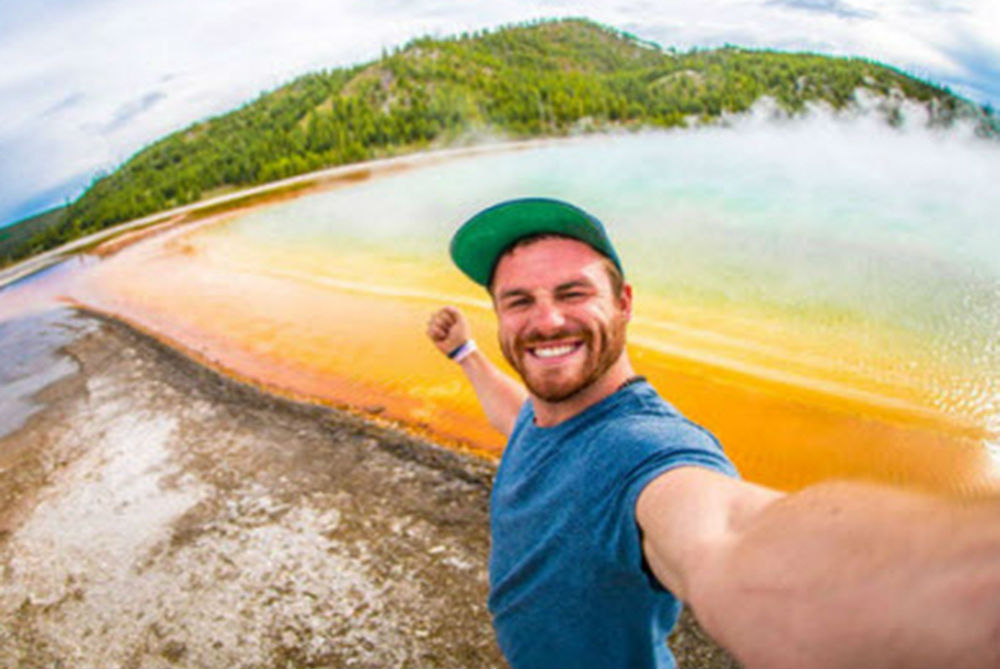‘It wasn’t breathing. It was dying.’ Did this man do the right thing by rescuing a black bear cub near a hiking trail?
On a rainy evening last week, Corey Hancock, 41, from Salem, Ore., went on a hike along the Santiam River. On his way back to the car, he came upon a small, fuzzy bear cub just off the path. He waited for what he estimated was about 10 minutes for some sign of its mama bear. But no other bear came through.
“It was laying on its back, barely moving,” Hancock told The Oregonian. “It didn’t have any vitals that I could tell. I tried to tickle its feet and it wouldn’t do anything.”
So Hancock made the decision to intervene. He wrapped the cub in his flannel, ran back to his car, and “gave it a few rescue puffs.” All the while he posted photos to Facebook asking for guidance and help on what to do. Eventually, an employee with the Turtle Ridge Wildlife Refuge saw the posts and told him to bring it in.
He did, and the bear — nicknamed Elkhorn — made a full recovery. But Hancock faced possible legal action for removing wildlife from its natural habitat and set off a debate about whether it’s OK to intervene in the natural order.
Heroic, or Foolish?
Hancock’s actions probably saved Elkhorn’s life. Charles Harmansky-Johnson, who works at Turtle Ridge and tended to the bear, called Hancock a “hero.”
Elkhorn was “cold, severely dehydrated, and lethargic,” Harmansky-Johnson told The Oregonian. “After several rounds of subcutaneous fluids, his hydration and body temperature finally normalized.”
But, in the eyes of most wildlife experts, Hancock’s decision was probably ill-advised. According to the Washington Department of Fish and Wildlife, “Many wild animals do not need to be ‘rescued’ and there is almost NEVER a time when you should remove a baby wild animal from its natural environment – even if it appears abandoned.”
It goes on: “More often than not, just leaving a young animal alone affords it the best chance for survival.”
In general, it is not uncommon for parents to leave their young unattended for hours to forage for food.
In addition, this incident likely kicks off another season of human-animal blunders. Most notoriously, officials had to euthanize a bison calf last summer after tourists removed it from its herd and placed it in their car. The calf became desensitized to humans and could not be reintegrated into the herd.
Approaching distressed or seemingly docile animals is a dangerous proposition for people as well. An elk bucked and nearly trampled a woman who got too close in Yellowstone last year.
Hancock’s efforts were in many regards successful in this situation. A quick glance at Facebook comments shows that the vast majority of people commend him for his caring, thoughtful actions.
However, officials warn it is best to contact local authorities immediately if you find a wild animal you believe is in distress. Not only is human intervention often not warranted, but the wrong action can harm both the animal and you.
Elkhorn is currently in the care of the Oregon Department of Fish and Wildlife (ODFW). Officials will likely transfer it to an out-of-state refuge center for long-term rehabilitation. The ODFW said it will not cite Hancock, but did issue a warning.


